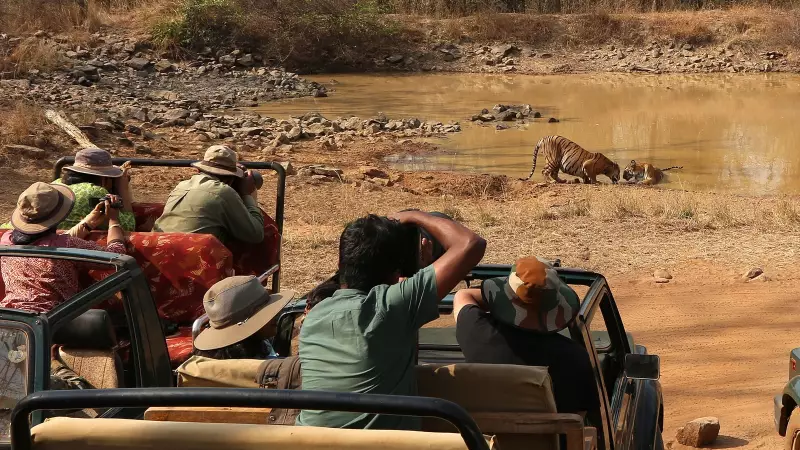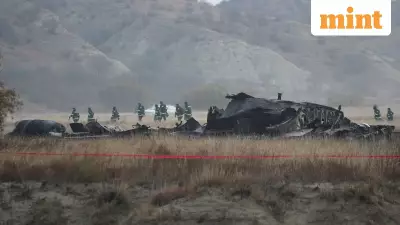
In a landmark judgment aimed at reversing large-scale ecological damage, the Supreme Court of India has delivered a comprehensive verdict with far-reaching implications for tiger conservation across the country. The court issued strict guidelines governing tourism, mining, and development activities in and around tiger reserves.
New Regulations for Tiger Safaris and Tourism
The apex court, in its 80-page verdict penned by Chief Justice of India B R Gavai, directed that tiger safaris shall be established exclusively on non-forest land or degraded forest land in buffer areas, provided these locations are not part of crucial tiger corridors. The bench, which also included Justices AG Masih and AS Chandurkar, categorically held that tiger safari shall not be permitted in the core or critical tiger habitat areas.
Furthermore, the court mandated that tiger safaris can only operate in association with full-fledged rescue and rehabilitation centers for tigers. These facilities would house conflict animals, injured wildlife, or abandoned animals undergoing rehabilitation.
In a significant move, the Supreme Court imposed a complete ban on night tourism in tiger reserves. The verdict specifically states that in reserves where roads traverse core tiger habitats, strict night regulations must be enforced, prohibiting all traffic from dusk to dawn except for emergency vehicles and ambulances.
Prohibited Activities and Eco-Sensitive Zones
The court delivered a sweeping prohibition on numerous commercial activities within buffer and fringe areas of tiger reserves. The banned activities include:
- Commercial mining operations
- Polluting industries and sawmills
- Commercial firewood use
- Major hydroelectric projects
- Introduction of exotic species
- Hazardous substance production
- Low-flying aircraft and tourism aircraft
- Waste discharge into natural ecosystems
- Tree felling without proper authorization
The judgment clarified that the formulation of Eco-Sensitive Zones (ESZs) for tiger reserves must adhere to the minimum area comprising the buffer or fringe area of the Tiger Reserve, as specified in the April 23, 2018 communication from the Ministry of Environment, Forest and Climate Change (MoEF&CC). All tiger reserves have been directed to establish notified ESZs within one year.
Regulated Tourism and Conservation Planning
The Supreme Court emphasized that ecotourism in tiger reserves must not resemble mass tourism and requires adequate regulation. While new eco-friendly resorts may be permitted in buffer zones, they are prohibited from being established in identified tiger corridors.
The bench specifically encouraged the development of homestays and community-managed establishments, recommending that incentives should be provided to support such initiatives. Additionally, the court banned the use of mobile phones within tourism zones located in the core habitats of tiger reserves.
Development of tourism infrastructure in buffer zones will be regulated according to ESZ notifications issued under the Environment (Protection) Act of 1986. Activities such as road widening and vehicular movement will be permitted only under strict regulations.
The Supreme Court has given state governments three months to prepare or revise Tiger Conservation Plans and six months to notify core and buffer areas of their tiger reserves. This verdict comes after the court accepted recommendations from an expert committee appointed to examine ecological violations inside Uttarakhand's Jim Corbett Tiger Reserve.
This comprehensive judgment represents one of the most significant interventions in wildlife conservation in recent years, balancing ecological protection with regulated tourism activities in India's crucial tiger habitats.





